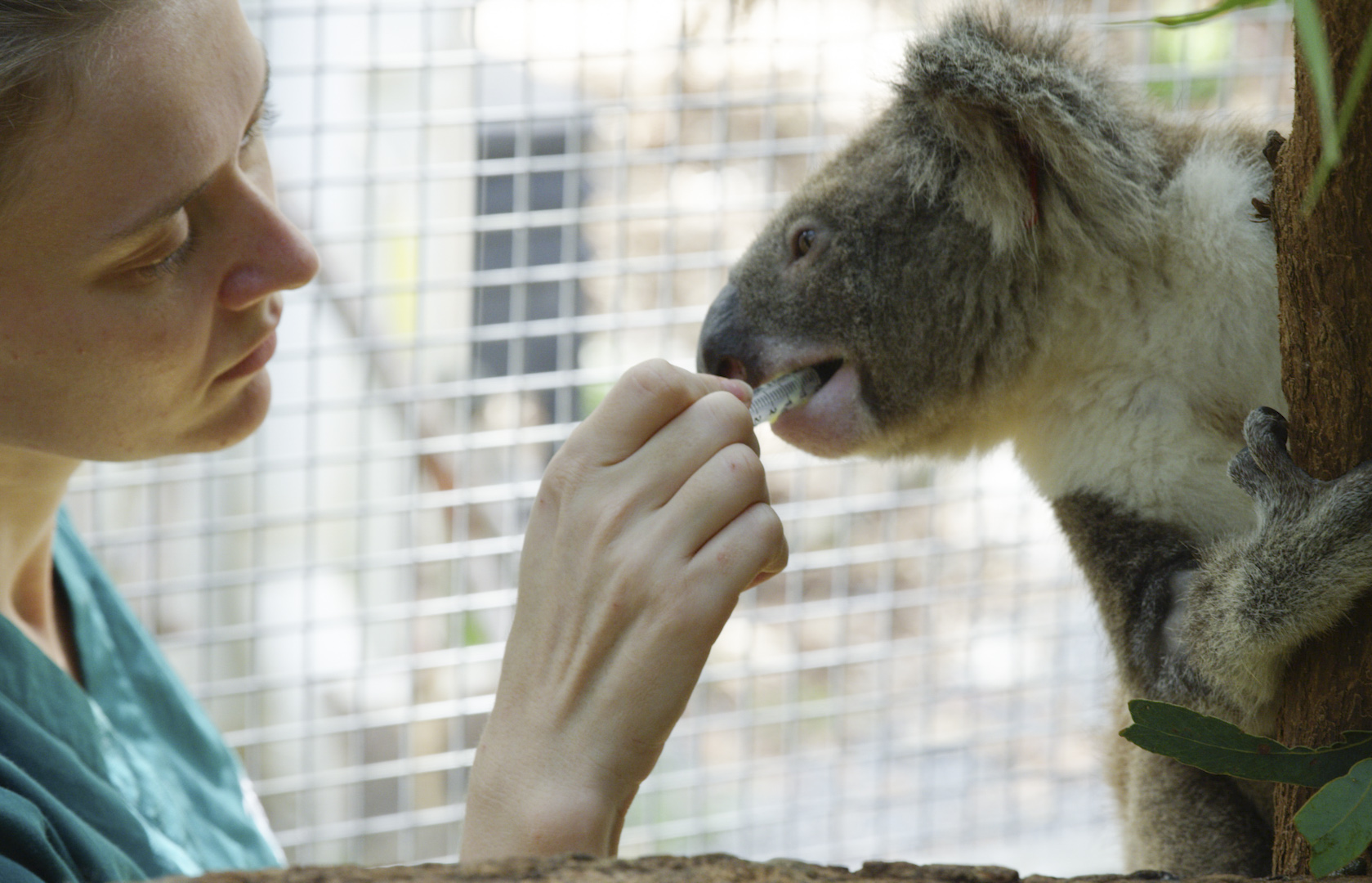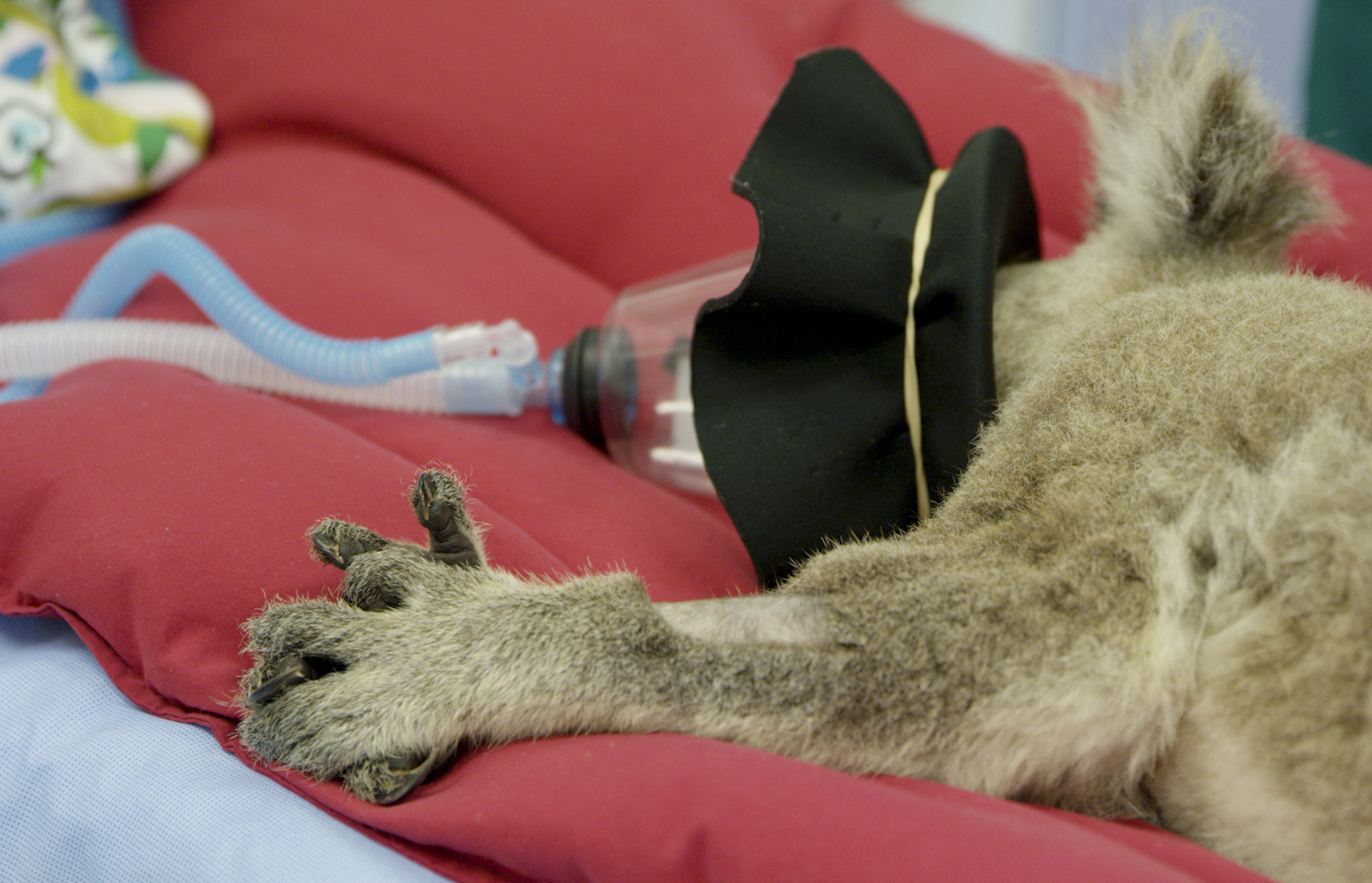#KoalaComeback Campaign Awards Grant to Currumbin Wildlife Hospital
WildArk, David Yarrow, and Global Wildlife Conservation are pleased to announce that a $30,000 grant from the #KoalaComeback Campaign will go to the Currumbin Wildlife Hospital to support their life-saving work in the aftermath of the Australian bushfires.
The Currumbin Wildlife Hospital’s mission is to save sick and injured wildlife and find cures for devastating diseases such as Koala Chlamydia. Over the 2020 fire season, the hospital saw a 20% increase in admissions from the fire affected zones. The hospital’s vital work of treating, rehabilitating and releasing sick, injured and orphaned native wildlife means the hospital has grown to be one of the busiest wildlife hospitals in the world.
In 2019 over 12,200 animals were treated here, including 600 Koalas admitted into the hospital – a service that is provided free of charge to the community.
With the generosity of so many incredible people from around the world, the #KoalaComeback grant will go towards funding a dedicated Lab Technician for the hospital to advance their research in disease prevention in koalas and other Australian wildlife.
The Lab Technician’s role will be to process samples, run bloods, manage vaccines, and test koalas for chlamydia. As the hospital deals with constant emergencies, a Lab Technician will be able to take ownership of these processes and fast track results where time is of the essence to save patients.
The Currumbin Wildlife Hospital aims to advance their research in chlamydia, the hand-raising of koala joeys, retrovirus, genetic research, issues with pouch infections, and the investigation into heavy metal toxins affecting koalas living near roads. It’s an exciting time for the hospital to make significant advances in koala & wildlife research, and WildArk, David Yarrow, and Global Wildlife Conservation are thrilled to be able to help.
The 2019/ 2020 wildfires were the worst in Australia in decades with conditions exacerbated by drought, negative agricultural practices, and strong winds causing the fires to spread rapidly. The fires killed, injured and displaced some of Australia’s most unique animals, including koalas, kangaroos and platypuses. Wildlife experts estimate that more than a billion animals were lost, including up to 30 percent of the koala population living in New South Wales. This is particularly devastating for the country with highest rate of mammalian extinctions on Earth.
You can continue to support recovery efforts in Australia by donating to the #KoalaComeBack Campaign.



